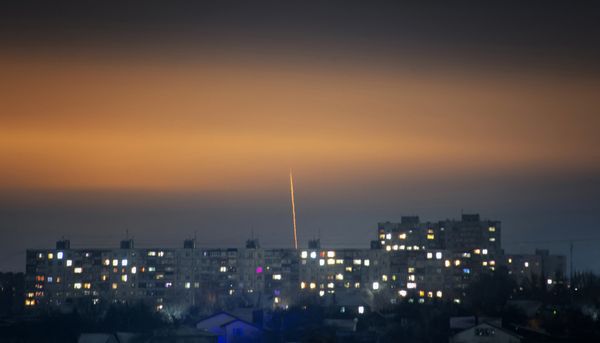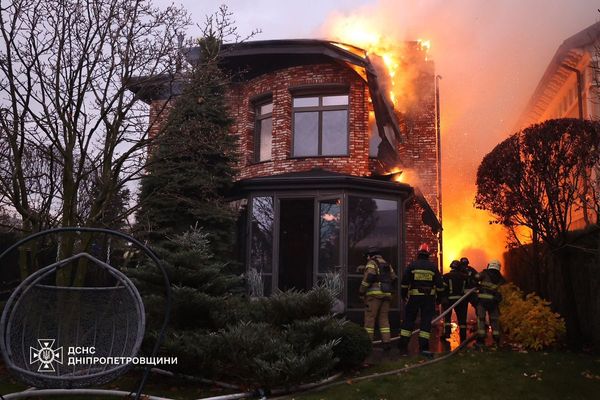
Fear runs rampant among many that artificial intelligence will automate away many of our jobs.
But fret not, says Michael Strain, director of economic policy studies at the American Enterprise Institute.
“At least for the next several decades, the odds of AI causing a jobs apocalypse are vanishingly small,” he wrote in a commentary for Project Syndicate.
Concern that technology will destroy jobs runs back at least to the English Luddites of the early 19th century. “Yet even though technology has leapt forward in the two centuries since then, businesses continue to employ workers,” Strain notes.
Much of the fear is “rooted in a zero-sum mentality that fundamentally misunderstands how economies evolve,” he said.
Creative destruction
“Yes, new technologies will be able to perform some tasks better and at lower cost than humans. Yes, this will lead businesses to use technology, not workers, for those tasks. But the process of creative destruction creates as well as destroys.”
The good side: “New technology will make many workers more productive and thus of greater value to firms,” Strain said.
So firms will “compete more aggressively for workers, driving up their wages and incomes,” he said. “Higher incomes will increase overall demand for goods and services in the economy, which in turn will increase the need for workers.”
In addition, “new technology creates novel goods and services, which also increases demand for workers.”
Disruptive, but not harmful
Technology advances over the past five decades have reduced the employment share of manufacturing and clerical jobs. “But it has not become more difficult for workers to find jobs,” Strain said. “There has not been an upward trend in the unemployment rate.”
For the next several decades, “my main concern is not too many workers, but too few,” Strain said. “Falling fertility rates and rapid population aging will reduce the rate of workforce growth.”
Of course AI will be disruptive. “But not by substantially reducing the need for workers,” Strain said. “Instead, AI will change what many workers do.”







